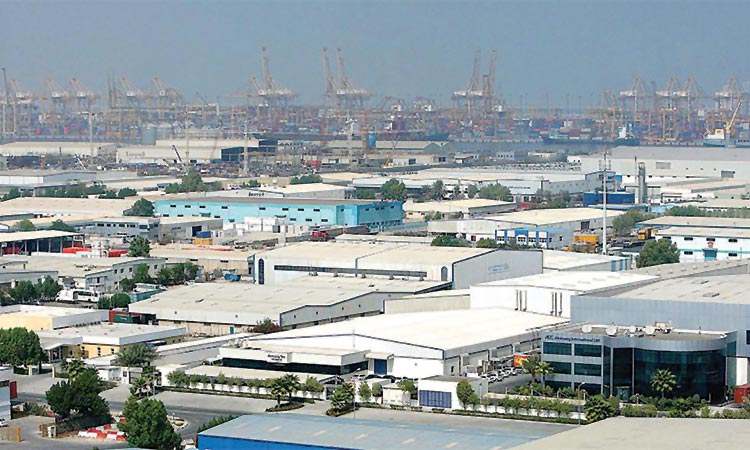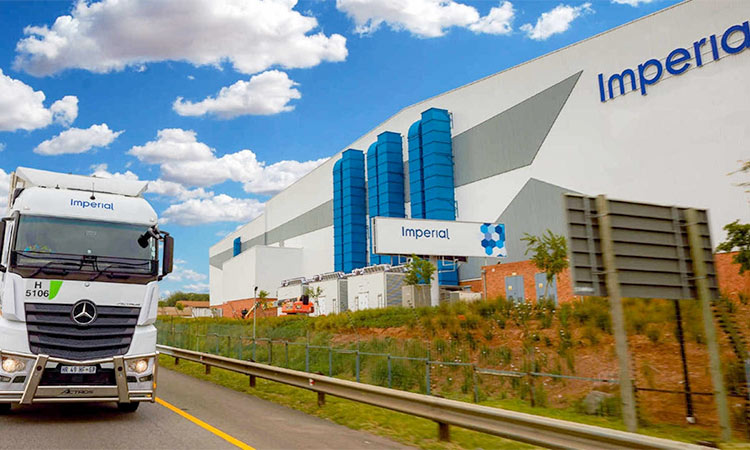Global Connected Retail market to reach $82.31 billion in 2025: Experts

Industry experts at the conference revealed that the physical retail stores are here to stay for a longer period.
The value of the global connected retail market was $16.3 billion in 2016 and $19.46 billion in 2017. But future growth is very promising with the value of the market estimated to reach $82.31 billion by the end of 2025, according to a report by Transparency Market Research (TMR).
During the forecast period of 2017 to 2025, the demand in the global connected retail market is projected to increase at an impressive compound annual growth rate of 19.8 per cent. But there are factors holding back growth that impact retailers.
While a post-COVID-19 world is expected to recover more slowly than it did after the 2008–2009 global financial crisis, e-commerce is the economic sweet spot as brands and consumers rush online, according to a report, The Future of E-Commerce, by Shopify.
“Nearly 150 million people shopped online for the first time in the pandemic, and the number of ecommerce buyers will only continue to rise,” the report said.
Organised by Images RetailME in partnership with Honeywell, the ‘Connected Store of the Future’ digital retail conference, was addressed by Piyush Kumar Chowhan, Group CIO, Lulu Group International; Ashish Panjabi, COO, Jacky’s Retail LLC; Miroslav Kafedzhiev, Vice President and General Manager, Honeywell Safety and Productivity Solutions; Phillip Smith, Group Head of Digital, Kamal Osman Jamjoom Group and Sayed Habib, Director of Business Development, Franchise and E-Commerce, Danube Home.
Hosted and Moderated by Shruthi Nair, Executive Editor of Images RetailME, the digital conference focussed on the future of the physical stores and the challenges of integrating technology in these brick-and-mortar retail.
“Just as the world has developed an affinity for all things smart – from a phone, to homes, to full blown cities – businesses need to jump on that badwagon too, if they haven’t already. In this decade of retail, we will see AI-driven personalisation, AR/VR interfaces, and sensor-geared smart environments that could turn today’s ‘shopping center’ into a booming, invisible platform for education, entertainment, digitally enhanced community, and new business models we’ve never even imagined,” Shruthi Nair said.
While e-commerce players have, for years, taken advantage of its accessibility, convenience and online data, traditional retailers can now have the same kind of access to technologies as they become connected stores of the future, she said.
Piyush Kumar Chowhan, Group CIO, Lulu Group International, said, “The product is not going to be the differentiator anymore. It is the overall retail experience that will count. Technology, which is one piece of the whole digital transformation, will be the key differentiator in this transformational journey. In future, individual digital stores catering to various product segments will eventually merge into eco-system marketplaces where customers will get everything in one place.
Despite the digital transformation, the fundamentals of the retail industry haven’t changed, argues Ashish Panjabi, COO, Jacky’s Retail LLC, saying, “Customer is at the heart of our activities – be it physical or digital retail. However, the options to reach out to the customers have multiplied through smartphones and we can now understand consumer behaviour patterns through the use of Artificial Intelligence (AI), Internet of Things (IoT) and data analytics.”
Miroslav Kafedzhiev, Vice President and General Manager, Honeywell Safety and Productivity Solutions, said, “No doubt, digitisation and mobility were in trend before, but what happened (in 2020) is that, now mobilisation through mobile technology for dealing with the demand, came forward. The retailers introduced many new technologies during the pandemic to enhance their businesses. In the last 12 to 14 months the retailers have been quite indicative so that they can serve the customers easily according to their demands. Obviously in-shop purchasing went down in the retail industry but on the other side, trading through e-commerce went 3-4 times above.”
However, one thing the panellists at the conference agreed on was that physical retail stores are here to stay for a longer period, despite the digital transformation and the growth of online shopping.
Sayed Habib, Director of Business Development, Franchise and E-Commerce, Danube Home, said, “The home improvement segment is doing better than before as sale at Danube Home jumped during the COVID-19 pandemic period. Customer footfall across our stores have increased, partly due to renewed focus on home furnishings and comfort level as people are staying at home more than before.
He added, “The second factor is that the customer needs to touch and feel the fabric of the sofa or bed that they are buying as these directly affect your comfort level. During the pandemic, we have strengthened our digital offering by cataloguing all our products online with specifications and pricing. It definitely helps the customers to narrow down their choices. But they still need to touch and feel the product. So, physical stores will have to be there for a long time, at least for certain segments.”
Echoing the same, Piyush Kumar Chowhan, said, he strongly believes that the physical retail stores will continue to be the mainstay of retail sector for at least ten years, if not more.
Philip Smith, Group Head of Digital Kamal Osman Jamjoon Group, said, “It is a bit difficult for the retailers to handle consumer data, but retailers can invest in the software and applications which can make it easy. For the business of retail, the most important part is communication between the retailer and the consumer which can be done with the help of broadcast messages over WhatsApp, Emails and other social media channels. Also, we can divide the large number of audiences into small segments according to their demands and needs.”







